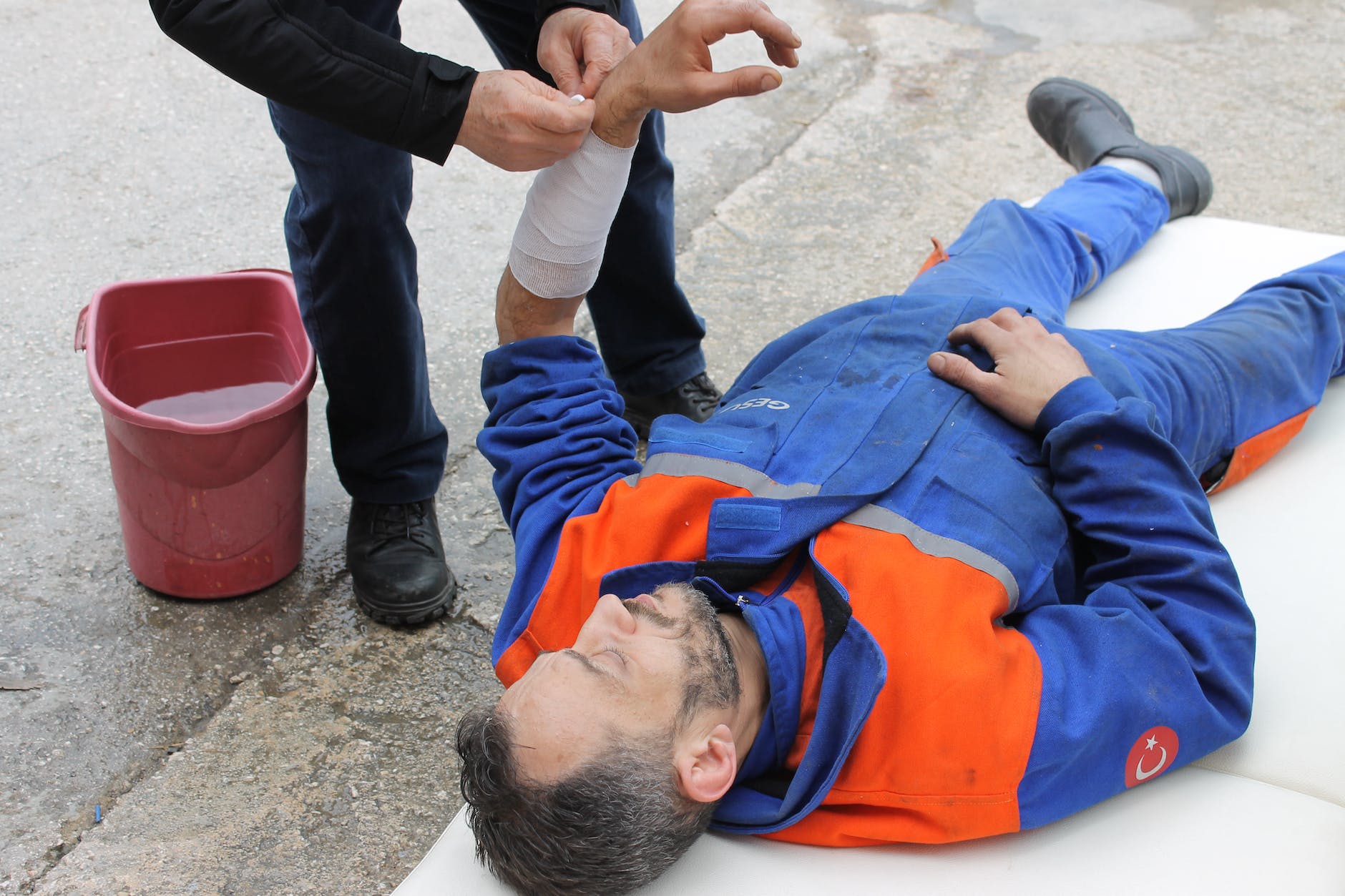
How to Investigate an Incident: A Step-by-Step Guide
How to Investigate an Incident : In today’s fast-paced world, incidents can occur at any time, in any place. Whether you’re dealing with a workplace accident, a security breach, or a customer complaint, it’s crucial to know how to investigate these incidents thoroughly and efficiently. Proper incident investigation not only helps in understanding what went wrong but also prevents future occurrences. In this comprehensive guide, we will walk you through the process of investigating incidents effectively.
1. Understanding the Incident
Before diving into the investigation process, it’s crucial to have a clear understanding of the incident. Define the scope, severity, and potential impacts. Identify the key stakeholders and establish communication channels.
2. Assembling Your Investigation Team
Select a multidisciplinary team with the necessary expertise, including subject matter experts, legal counsel, and communication specialists. Designate a lead investigator to oversee the process.
3. Gathering Preliminary Information
Collect all available information about the incident, such as incident reports, photographs, and initial witness statements. This initial data will guide your investigation.
4. Securing the Incident Scene
Ensure the incident scene is secure and not tampered with. Preserve physical evidence, and create a secure perimeter to prevent unauthorized access.
5. Interviewing Witnesses
Conduct interviews with witnesses and involved parties. Use open-ended questions and active listening to gather detailed information. Document these interviews meticulously.
6. Documenting Evidence
Compile all evidence, including documents, photos, videos, and physical objects. Organize this information for easy reference during the investigation.
7. Analyzing the Root Causes
Identify the underlying causes of the incident by employing methods like the “5 Whys” technique or a fault tree analysis. Determine both immediate and systemic causes.
8. Developing Corrective Actions
Based on your analysis, formulate corrective actions to address the root causes. Ensure these actions are specific, measurable, achievable, relevant, and time-bound (SMART).
9. Implementing Preventive Measures
Implement the corrective actions promptly. Monitor progress and make adjustments as necessary to prevent similar incidents in the future.
10. Reporting and Communication
Create a comprehensive incident report that includes findings, recommendations, and lessons learned. Share this report with relevant stakeholders and regulatory bodies as required.
11. Legal Considerations
Consult legal counsel to ensure compliance with laws and regulations. Address any potential liabilities and maintain attorney-client privilege as necessary.
12. Continuous Improvement
Use the lessons learned from the incident to enhance your organization’s processes and procedures continually.
13. Case Study: Applying the Process
Illustrate the incident investigation process by presenting a real-life case study where these steps were effectively applied.
14. Common Pitfalls to Avoid
Highlight common mistakes in incident investigations and provide tips on how to steer clear of them.
15. Conclusion
In conclusion, effective incident investigation is a critical skill for any organization. It not only helps in resolving the immediate issue but also enhances overall safety and performance. By following the steps outlined in this guide, you can ensure that incidents are thoroughly investigated and that corrective actions are taken to prevent their recurrence.
Disaster Management: Preparedness, Response, and Recovery
Event Tree Analysis: Accident Investigation Method
Fault Tree Analysis: Accident Investigation Method
Fishbone Analysis: Accident Investigation Method
Failure Mode Effect Analysis (FMEA): Accident Investigation Method
FAQs
- What is the primary goal of incident investigation?
- The primary goal is to determine the root causes of an incident and implement corrective actions to prevent its recurrence.
- Who should be involved in the investigation team?
- A multidisciplinary team including subject matter experts, legal counsel, and communication specialists is essential.
- How do I secure an incident scene?
- Secure the scene by creating a perimeter, preserving physical evidence, and limiting access to authorized personnel.
- What are some common pitfalls in incident investigations?
- Common pitfalls include failing to secure the scene, inadequate witness interviews, and not addressing root causes effectively.





















